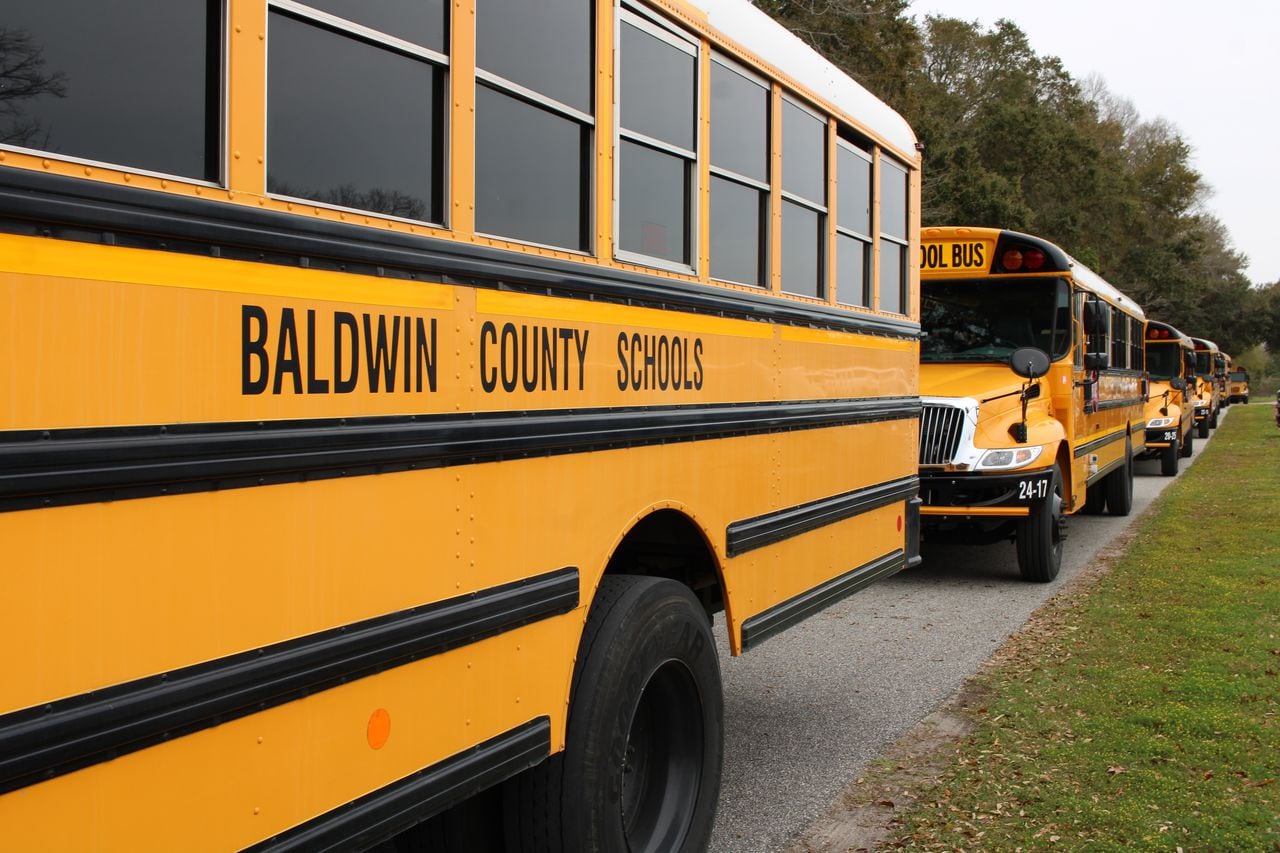Alabama school choice expansion debate: What services, tax credits are in the bill?
Alabama’s lawmakers are moving quickly to allow parents to get $7,000 to pay for their child’s private school tuition.
The CHOOSE Act, which would create $7,000 education savings accounts, or ESAs, for students to use toward eligible education expenses, is expected to hit the floor of the Alabama Senate Wednesday afternoon, according to Senate Education Budget Chairman Arthur Orr, R-Decatur.
The Senate Education Budget committee approved the House version in a hastily rescheduled meeting Tuesday afternoon. The vote was 10-3 and fell along party lines, with Republicans voting yes and Democrats voting no.
As the bill moved through the House, a dozen amendments were added to the bill, according to Gov. Kay Ivey’s education policy director Nick Moore. Here’s what the CHOOSE Act looks like as of Wednesday prior to the Senate debate.
Orr told committee members he expects lawmakers to amend the bill on the Senate floor. If that happens, the House will have to either approve the Senate’s changes or go to a conference committee. The conference committee would include two Republicans and one Democrat from each chamber.
Both chambers would have to approve the conference committee’s final version of the bill before it goes to Gov. Kay Ivey for her signature.
Lawmakers will allocate at least $100 million each year to fund ESAs, with unused money rolling over to the next year. The fund cannot contain more than $500 million in any one year.
The Alabama Department of Revenue will be in charge of all aspects of the program. Current public schools must cooperate with and provide records for students currently enrolled in public school who are eligible for and choose to use an ESA.
The first ESAs will be available in the 2025-26 school year and will be limited to eligible students. All students will be eligible for ESAs at the start of the 2027-28 school year.
Students must be between the ages of 5 and 19 and have not graduated high school. Students with disabilities between the ages of 5 and 21 are also eligible.
Eligible students
Eligible students, in this order, include:
- Students with special needs receive the first 500 ESAs,
- Siblings of eligible students,
- Students in military families zoned to priority schools,
- Students in families whose income does not exceed 300% of the federal poverty level, which currently would be $93,300,
- Students with disabilities who have an Individualized Education Program or IEP, or a Section 504 plan.
- Students must be lawfully present in the United States,
- Siblings of eligible students
- The amount of the ESA differs:
- Students enrolled in participating schools are eligible for up to $7,000 in eligible expenses,
- Homeschooled students are eligible for $2,000 ESAs, with a cap of $4,000 for each family.
- Students cannot have both an Alabama Accountability Act tax credit scholarship and an ESA – they must choose one or the other,
- Students cannot be enrolled in a public school and receive an ESA unless the public school is participating with the ESA program and charges tuition for the student.
- Students must be lawfully present in the United States.
Participating Schools
A school must choose to participate to receive money from a child’s ESA.
In order to participate and receive funding, a school must:
- Be accredited by or in the process of being accredited by an approved accrediting agency named in the bill,
- Agree to comply with the Alabama Child Protection Act, meaning adults must go through background checks,
- Provide financial statements to the Alabama Department of Revenue that show their ability to provide educational services to the student, or provide a surety bond,
- Require students to take a standardized test that meets the requirements, unless the student has a disability that exempts them from being tested,
- Provide school-level test scores to the Department of Revenue,
- Tell the Department of Revenue if the student withdraws or misuses the ESA,
Participating education service providers
Participating education service providers include vendors, organizations and individuals other than the parent who are approved by the Department of Revenue to provide services and goods to students, incuding homeschoolers and students with specialized needs.
Other key issues
The parent of a student receiving an ESA must agree to pay the remaining amount of tuition or expenses beyond the $7,000 cap.
Participating schools and education service providers cannot discriminate against a student based on race, color or national origin. They are not required to accept any student. They are not required to provide services for children with disabilities. They are not prohibited from discriminating against a student with a disability.
Parents and students cannot receive any money from the ESA.
Participating education service providers include vendors, organizations and individuals other than the parent who are approved by the Department of Revenue to provide services and goods to students, incuding homeschoolers and students with specialized needs.
Other key issues
The parent of a student receiving an ESA must agree to pay the remaining amount of tuition or expenses beyond the $7,000 cap.
Participating schools and education service providers cannot discriminate against a student based on race, color or national origin. They are not required to accept any student. They are not required to provide services for children with disabilities. They are not prohibited from discriminating against a student with a disability.
Parents and students cannot receive any money from the ESA.
